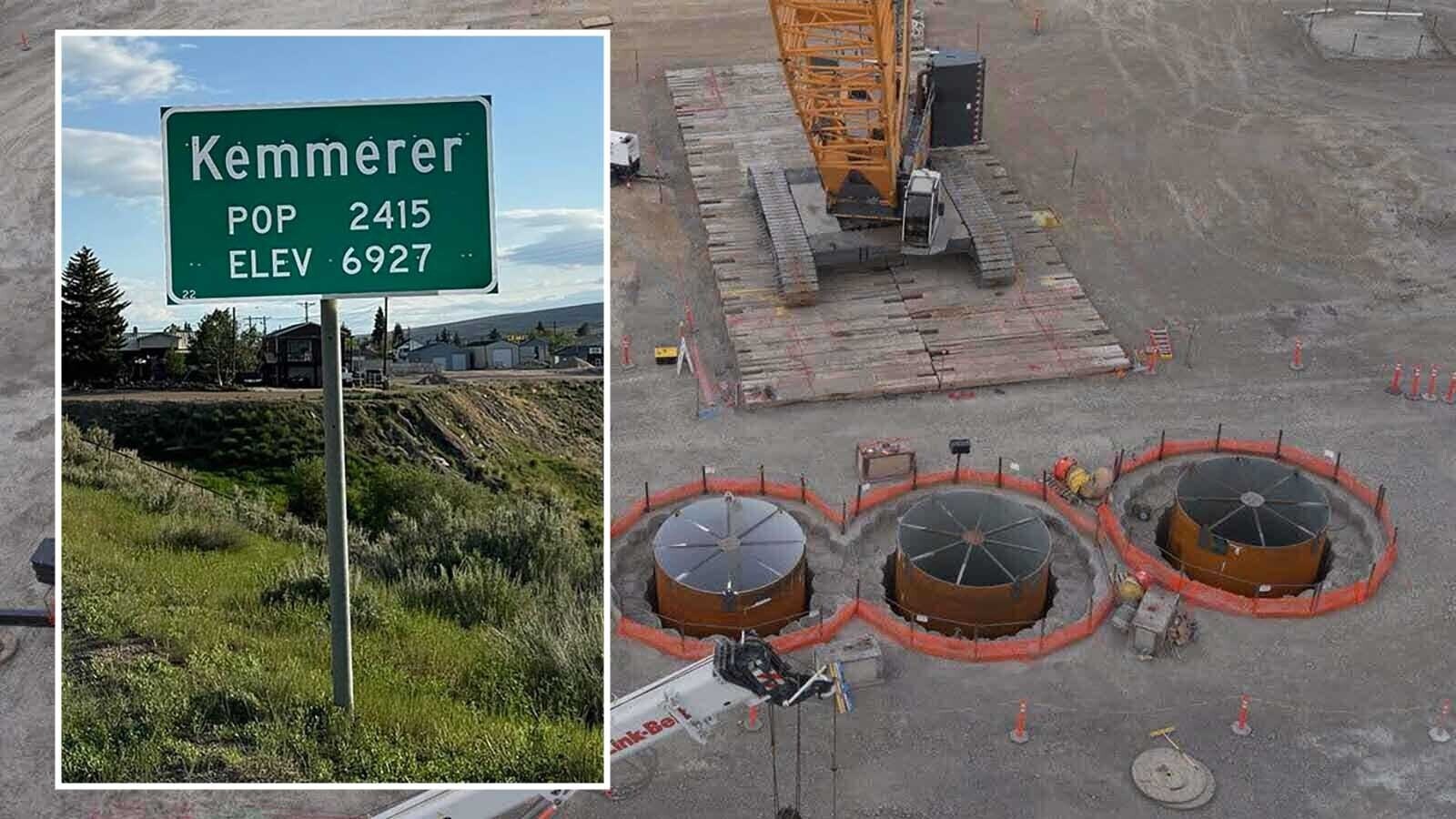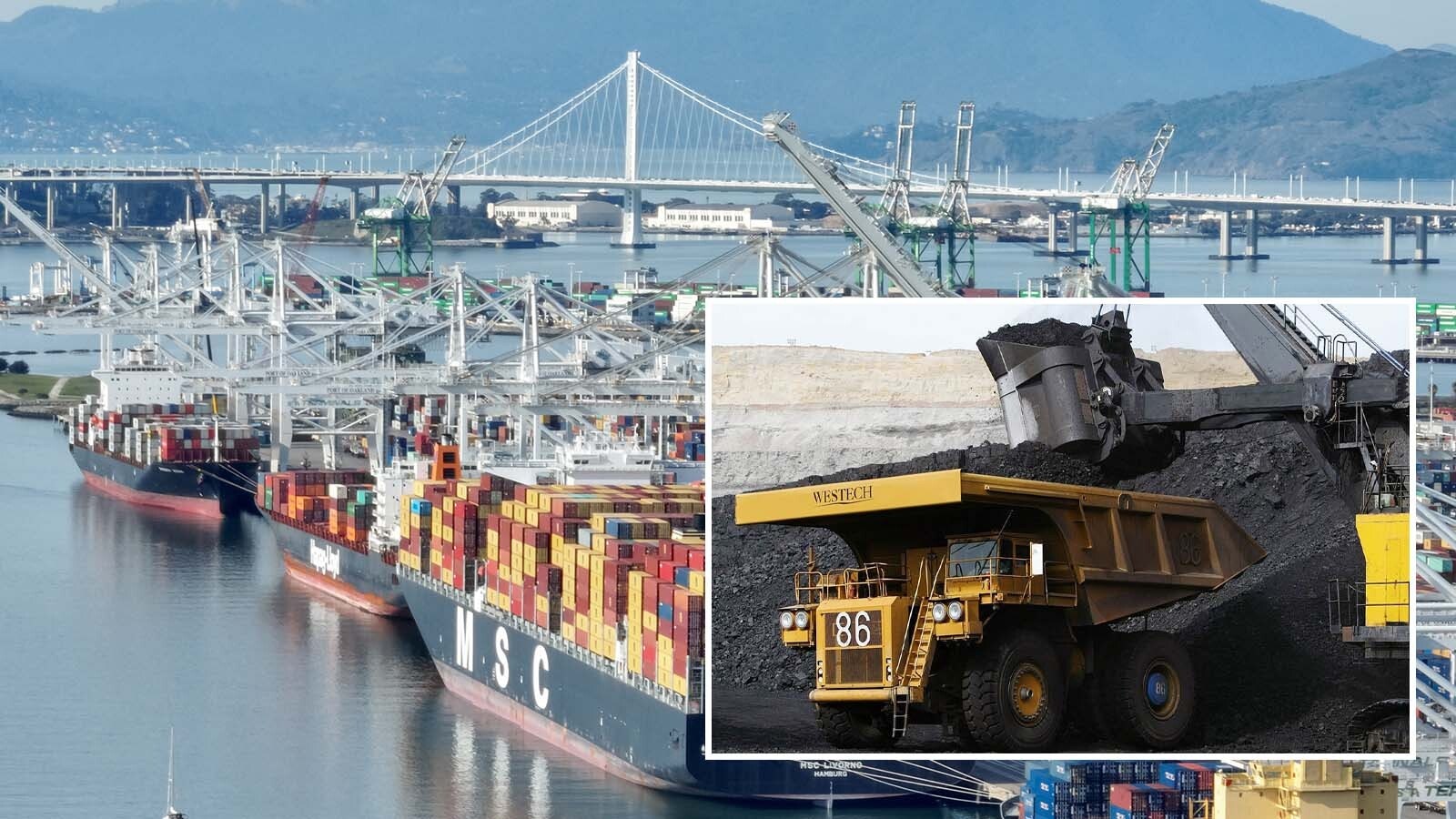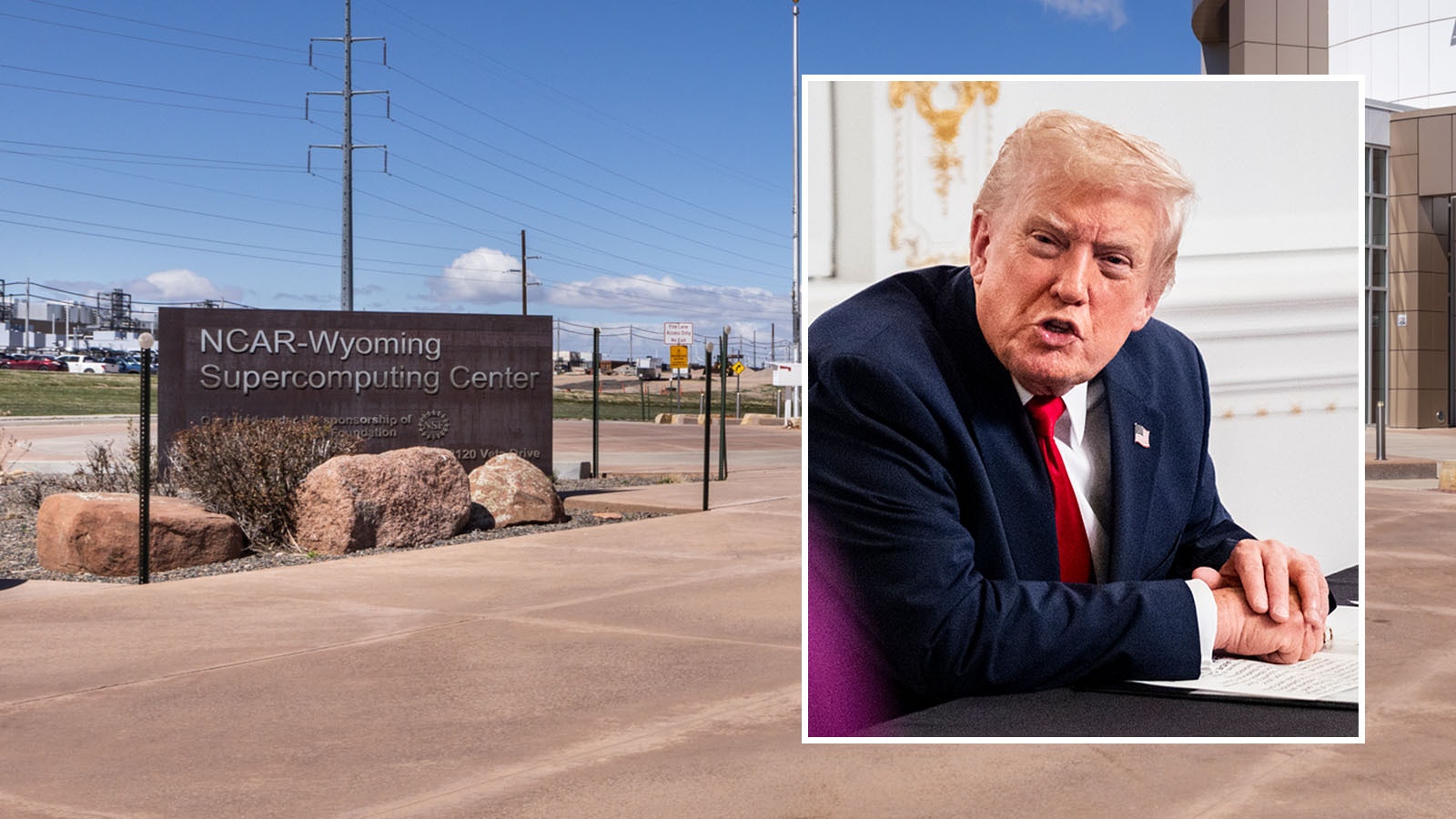Wyoming may be home to the famous bubbling geothermal features in Yellowstone National Park, but that doesn’t mean the state is a hot spot for generating electricity using heat from inside the earth.
A new federal assessment identified Wyoming as part of a massive underground geothermal energy resource that could generate electricity equal to 10% of America's current power supply, though state-specific research suggests only modest potential for Wyoming.
A May U.S. Geological Survey's report on geothermal systems in the Great Basin found that the arid lands of Nevada and adjoining parts of California, Oregon, Idaho, Utah and a sliver of Wyoming's western border with Idaho contain enough geothermal energy to generate 135 gigawatts of electricity from the upper 6 kilometers of the Earth's crust.
The assessment spotlights the potential for a dramatic increase in geothermal electricity production, which now provides less than 1% of the nation's power supply. However, realizing this potential depends on widespread deployment of enhanced geothermal systems technology.
"USGS assessments of energy resources are about the future," said Sarah Ryker, acting director of the USGS. "We focus on undiscovered resources that have yet to be fully explored, let alone developed."
Hot Water Fracking
Enhanced geothermal systems involve engineers creating open fractures in impermeable rock, allowing water to circulate and extract heat to generate electricity.
Rob Podgorney, geothermal program manager with the Idaho National Lab, explained the distinction between conventional and enhanced geothermal systems.
"Conventional hydrothermal system means basically you could drive up to a spot, drill a well, and you can produce hot water just by drawing a well," Podgorney told Cowboy State Daily Monday. "That's the low hanging fruit of geothermal. A lot of those areas have already been found, have been exploited and have been tapped if it's economically viable."
The Geysers geothermal plant complex in Northern California is the granddaddy of them all, generating enough power — around 725 megawatts — to run a city the size of San Francisco.
With the recent findings from the USGS, the current focus is on enhanced geothermal systems, which makes geothermal electricity generation possible in more places.
"No matter where you go on the earth, the deeper you drill a hole, the hotter it gets," Podgorney explained. "But of those places you drill deep, it'll be really hot, but it doesn't have fractures. It doesn't have a fluid flow regime. It doesn't have the necessary parts to make a full geothermal reservoir."
That’s where fracking technology from the oil and gas industry comes in, which Wyoming knows well.
"We call it hydraulic stimulation. And oil and gas, they call it fracking. It's the same physics, but it's a different process," Podgorney said.
INL is researching enhanced geothermal systems at a site in central Utah called the Frontier Observatory for Research in Geothermal Energy (FORGE).
"We've been running that site for almost seven or eight years now," Podgorney said, who thinks a testament to the success of FORGE is that adjacent to the research facility, enhanced geothermal electricity development is happening on a commercial scale.
"Right next to us on the BLM land, a newer startup company bought all the geothermal leases, and they are actually doing commercial development right next to us," Podgorney said, describing the literally ground-breaking work of Fervo Energy.
“With proven oil and gas technologies like horizontal drilling and distributed fiber optic sensing, we unlock geothermal energy in previously uneconomic locations, dramatically increasing geothermal’s resource potential,” according to Fervo Energy’s website.

Regional Potential
For geothermal power developers looking to invest in Wyoming, a 2022 assessment of underground hot water resources might help point the way.
Produced by Petrolern (now known as Teverra) for the Wyoming Energy Authority, the 2022 report painted a modest picture of the state's immediate geothermal electricity potential.
Emilie Gentry, geothermal lead with Teverra, said the research used existing public data to map the state's geothermal resources.
"What came out of that report was really, kind of a very regional general mapping of the resource and then an understanding from there based on those temperatures at depth, can you produce electricity?" she explained.
The Wyoming-specific study found that the state's geothermal resources are moderate to low temperatures and situated in localized regions throughout the state.
Many of the geothermal resources are below 200 degrees Fahrenheit and not ideal for generating electricity.
"Most of the state is better suited for direct use, meaning using that thermal water for heating,” Gentry explained. “And that can be homes, it can be town main streets, it can be manufacturers that use higher temperatures."
However, the study did identify some promising areas for geothermal electricity generation.
The 2022 study identified 1,284 wells within the state that are above 200degrees bottom-hole temperature that are not plugged and abandoned.
The Powder River Basin, particularly the southeastern portion near Casper, emerged as one of the most promising regions.
The Salt Creek-Meadow Creek area, located about 4 miles north of Casper, shows exceptional geothermal potential with higher heat flow, numerous faults, and documented flowing water wells with temperatures reaching 183°F at the surface.
Southwestern Wyoming around Rock Springs offers substantial opportunities with 863 wells above 200°F — the highest number among all Wyoming basins.
Direct Use
What’s happening in the little town of Rico, Colorado, could inspire Wyoming communities to use geothermally heated water to warm local homes and businesses.
Teverra is working with the residents of Rico to see what’s possible when it comes to “district heating,” which means heating a specific area with a local hot water resource.
"They have some recreational hot springs and want to bring in district heating into their town," Gentry explained. "We are working through, you know, what's the resource there? How do we do that? What's the technology? But along with that, not wanting to disrupt the recreational portion of all of this."
Boise, Idaho, is home to the largest geothermal heating system in the nation, delivering naturally heated 177-degree water through a network of pipes to warm over 6 million square feet of indoor space, according to the city’s website.
David Madison can be reached at david@cowboystatedaily.com.





